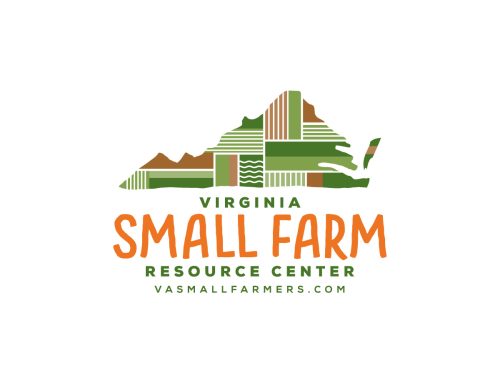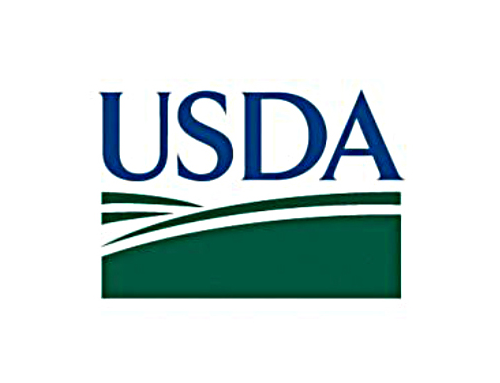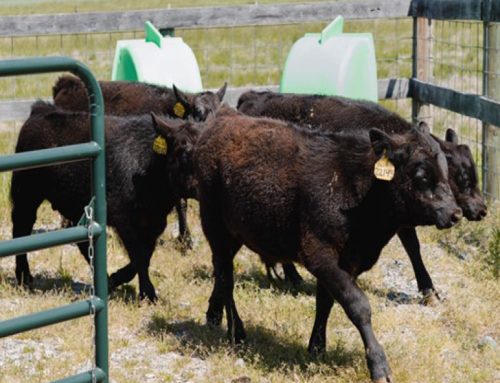
The Capitol Building. Photo credit: USDA
As farmers and communities all across the country continue to deal with the impacts of the ongoing coronavirus pandemic, Congress has been working around the clock to pass another round of emergency aid – this time targeted at small businesses and those who have lost income as a result of the crisis (including farmers), as well as boosting our medical capacity to respond.
Just before midnight on Wednesday, the Senate unanimously passed (96-0) The Coronavirus Aid, Relief, and Economic Security (CARES) Act (S.3548), a more than $2.2 trillion aid bill as part of the ongoing response to the coronavirus pandemic. The CARES Act – 880 pages of legislative text in all – follows two previous bills Congress passed last week that provided more than $100 billion in aid to support emergency virus testing, procure medical gear, boost sick leave, and expand unemployment insurance.
The CARES Act contains a number of important provisions that have been widely reported elsewhere, including:
- direct payments to most Americans
- expanded unemployment insurance
- assistance to hospitals
- lending programs to support states, cities, and businesses
- changes to payroll taxes
- a fund to prevent small business layoffs
In addition, the bill includes specific provisions targeting farmers and food insecurity. Those provisions are explained in more detail below. The National Sustainable Agriculture Coalition (NSAC) is pleased that the final deal reached in the Senate includes some relief for farmers and local food systems. And while we hope more targeted support will be provided in future relief packages, we believe this is a good first step. See NSAC’s statement on the Senate bill here.
Agriculture Provisions
The most significant agricultural provision is the creation of a new $9.5 billion disaster relief program to provide “support for producers impacted by the coronavirus.” The funding is reserved for:
- Specialty crop producers
- Livestock producers (including dairy)
- Producers that supply local food systems (including farmers markets, restaurants, and schools)
The inclusion of farmers who have lost their direct markets is a major win for NSAC. An economic analysis developed for NSAC found that farmers who have lost access to direct markets as a result of the ongoing COVID-19 crisis and “social distancing” restrictions stand to lose more than $1 billion in sales this year.
We are also pleased that these payments for local food producers are separate from the increase in funding for the Commodity Credit Corporation (CCC) – which saw a $14 billion boost in the final bill. USDA has utilized CCC funding to provide trade mitigation payments to commodity growers. However, this funding has historically not gone to farmers selling into local and regional markets, specialty crop producers, or smaller-scale farmers who have fewer resources to draw on in times of economic stress or uncertainty – including beginning farmers and farmers already experiencing systemic inequity, including farmers of color.
And while we are pleased with the influx of cash to aid growers, the lack of specifics in the bill presents a significant challenge in implementation. Congress provides USDA no direction about how either source of funds should be divided, which farmers should receive priority, or how payments should be structured and delivered. Regarding the new fund alone, the largest advocacy organizations that represent specialty crop growers, beef producers, and the dairy industry have already made requests of Congress for more than $20 billion in immediate support so there is going to be a fight about how the $9.5 billion is divided amongst eligible producers.
In addition to the $9.5 billion relief measure, the Senate bill contains several other agriculture and rural provisions (outlined below):
Agriculture Provisions (S.3548)
| Commodity Credit Corporation – for net realized losses |
$14,000,000,000 |
| The ability to extend marketing assistance loans to 12 months | |
| Rural Broadband ReConnect Pilot – for projects with at least 90% rural households – minimum 10 Mbps download and 1Mbps upload speeds – priority for existing project applicants |
$100,000,000 |
| Animal and Plant Health Inspection Service (APHIS) | $55,000,000 |
| Agricultural Marketing Service (AMS) | $45,000,000 |
| Food Safety Inspection Service (FSIS) – including temporary workers, relocation, and overtime |
$33,000,000 |
| Farm Service Agency (FSA) – including temporary workers and overtime |
$3,000,000 |
| Foreign Agricultural Service (FAS) – to recall overseas employees and their families |
$4,000,000 |
| Office of the Inspector General (OIG) | $750,000 |
| Rural Business Cooperative Service (RBCS) – for 310B rural business loans |
$20,500,000 |
| Rural Utility Service (RUS) – for telemedicine and distance learning |
$25,000,000 |
Nutrition Provisions
While the CARES Act continues support for federal nutrition programs to meet the current need for emergency food assistance, Congress missed a vital opportunity to expand benefits for struggling families and raise the minimum monthly SNAP benefit to $30 – as proposed by our partners and allies in the anti-hunger community. With nearly 3.3 million people newly unemployed, it is certain that more money will be needed for SNAP and the meager benefit of $1.40 per meal should be increased in the next aid package.
The bill does boost funding for targeted emergency food assistance for tribal communities through the Food Distribution on Indian Reservations (FDPIR) – which has been chronically underfunded – but does not extend administrative flexibilities that tribal governments have requested.
Nutrition Provisions (S.3548)
| Child Nutrition Programs | $8,800,000,000 |
| Supplemental Nutrition Assistance Program (SNAP) – Puerto Rico, Northern Marianas, American Samoa |
$15,810,000,000 $200,000,000 |
| Food Distribution on Indian Reservations (FDPIR): – half to facility and equipment upgrades – half for additional food purchases |
$100,000,000 |
| Commodity Assistance Program (CAP) – Distribution of commodities (from above) |
$450,000,000 $150,000,000 |
Like the agricultural provisions, the nutrition provisions of the bill contain very few specifics about how program funding can be used. NSAC will be working with our members and impacted communities to get a better understanding of how the purchase of commodities and other foods for the emergency food system could better support food hubs and small processors that provide infrastructure to local and regional food systems.
Next Steps??
The Senate package will now be considered by the House where it faces at least three distinct challenges: a commitment from Majority Leader Hoyer to allow members at least 24 hours to consider the Senate-passed bill (slowing the bill’s movement and giving opposition time to develop); Democratic House members who have voiced concerns about large, unrestricted corporate loan and grant programs and limited direct support for vulnerable people; and conservative members who balk at the total cost of the bill and expanded social benefit programs. Each will make it difficult for Speaker Pelosi to pass the bill by unanimous consent – a tool usually reserved to pass non-controversial bills without an actual vote – as she, and many Members who would rather not meet as a large group, hope to do by Friday morning.
Over the past week, NSAC has been working with our members, partners, and allies to develop policy proposals that would help farmers and sustainable food systems in this time of crisis. These proposals include the expansion of existing programs that best support sustainable farmers and the communities they serve (like the Local Agriculture Market Program); repurposing existing programs to better serve most-impacted farmers (like the Non-Insured Crop Disaster Assistance Program); or the creation of entirely new programs and initiatives to address urgent unmet needs.
Over the coming weeks, NSAC will be working with our members to help develop both criteria to guide the Administration as they write the rules of the new relief program to ensure that it is equitable and reaches the farmers with the greatest need; and additional proposals to improve the next relief bill currently taking shape in the House (referred to as “C4” on Capitol Hill).
If you’d like to stay engaged and sign up for future actions around the next round of relief legislation, sign up on our take action page.




